Nakiri
Nakiri Knife (菜切り包丁 – pronounced: Nakiri Bōchō) literally translated from Japanese means ‘knife for cutting greens’ or ‘leaf-cutter’. Most Japanese households make use of the Nakiri and in general, it is loved by vegetarians.
The Nakiri’s broad rectangular blade allows for quick and efficient chopping, dicing and mincing of large vegetables. The height of the blade also allows cutting through harder root vegetables with a straight down chopping motion. The Nakiri may also be turned upside down to use the spine of the blade to scrape ingredients across the chopping board without damaging the blade. The blade profile with its straight, flat edge works best when using an up and down chopping motion.
The Nakiri knife has a long, thin, and rectangular-shaped blade with a straight edge, and a flat, blunt tip. The Nakiri’s shape can be mistaken for a cleaver but be warned that it is not made for heavy-duty work like cutting bones or frozen foods. The thinness of the blade also ensures that delicate vegetables can be cleanly cut without ripping the skin, and helps to achieve crisp edges on each slice.
Best for: Vegetables
Kitchen Samurai Ease of Use Rating: Specialist – Easy to use but applies to specific food types




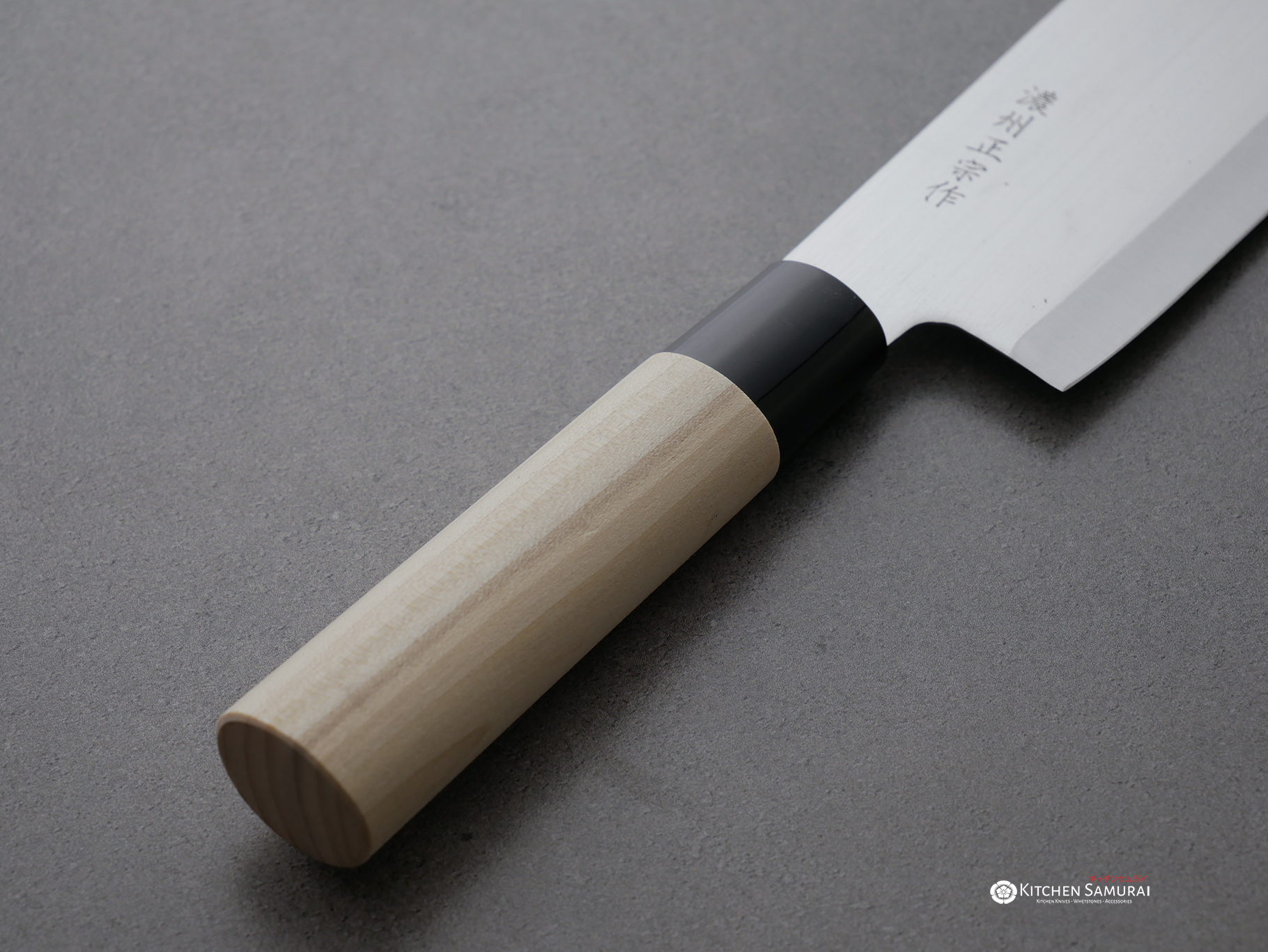





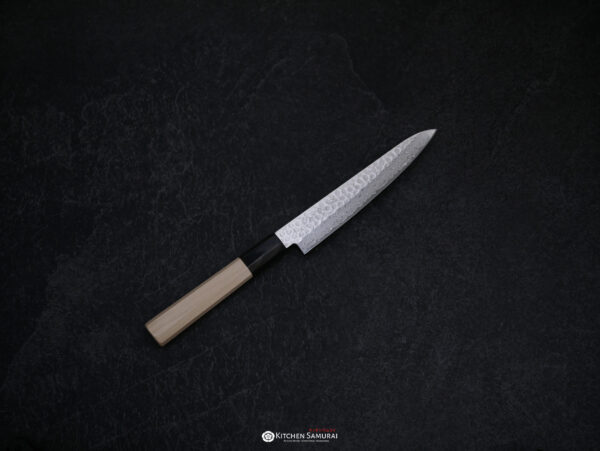
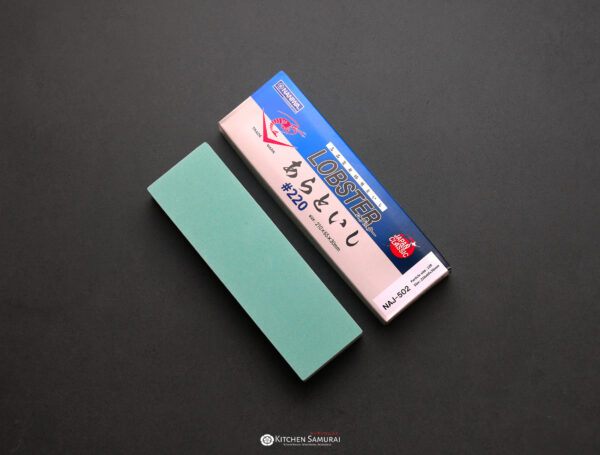
 Or as low as
Or as low as 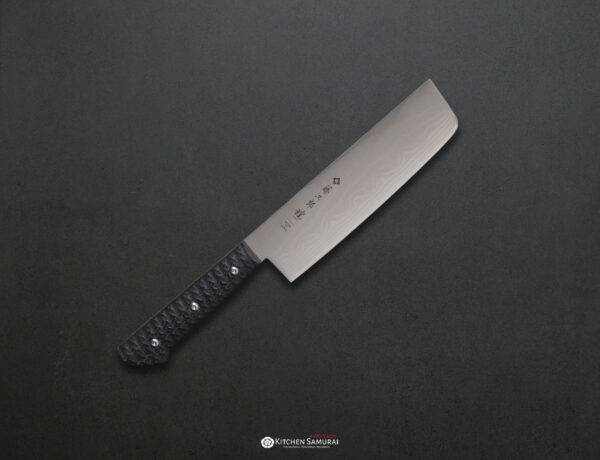
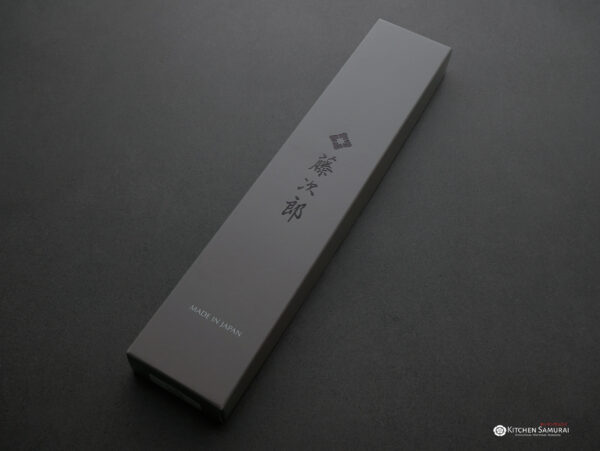



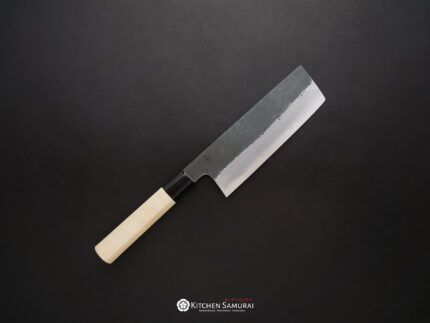


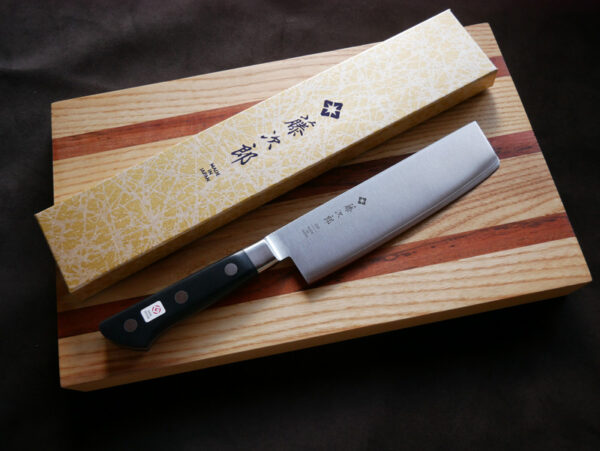
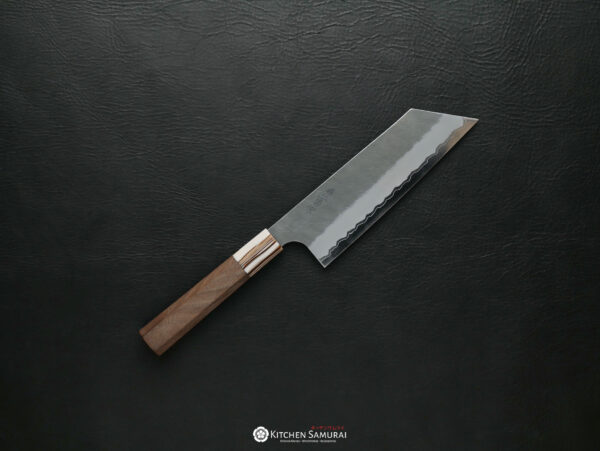
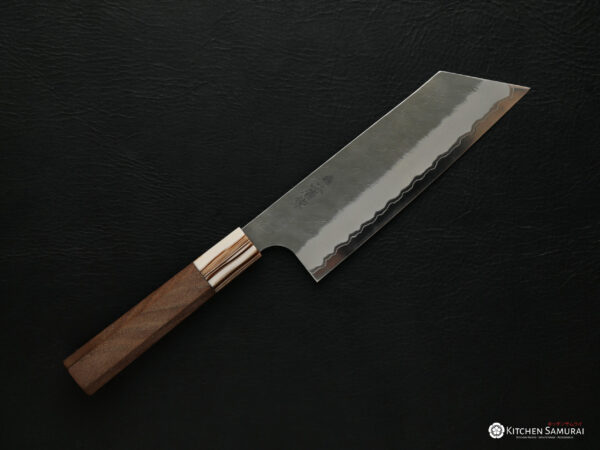


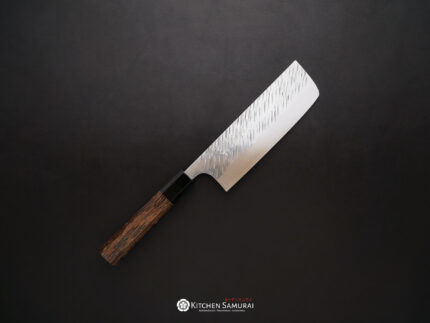

Uzayr –
Perfect stepping stone